Zone 6 is one of the 13 hardness zones in the United States. The Hardiness zone designations are designed to select plants fit for each zone’s cold temperatures. A difference of 10°F separates each zone’s temperature. Zone 6 zone 7 to 10°F cold. The minimum temperature average in this zone is -10°F to 0°F. The average minimum temperature of subzone 6A is -10°F to -5°F. The minimum average temperature of subzone 6B is -5°F to 0°F. The average minimum temperature for the winter months determines zones and subset limits.
Temperatures don’t always fall in that range because cold temperatures can happen. Zone 6 has a long-term frame for growing various vegetables, fruits, shrubs, flowers, and other plants. Plantations and growing Zone 6 plants usually start around the middle of March (after the last frost) and continue until the middle of November. Like other zones, the average first and final frost time frame for zone 6 is not set in stone. These dates are vulnerable to unexpected weather patterns.
- Date of last frost – From April 1 to April 21, there is a time frame given for Zone 6, although there are frosts later.
- Date of the first frost – October 17 to 31 is the benchmark for the first frost of the fall, but this time frame has been later.
Zone 6 Gardening Guide
The normal growing weather for zone six is between the middle of March and the middle of November. You should start your season with vegetables like Lettuce, Radish, and other root vegetables. You can also finish your growing season with similar vegetables. A cool frame or greenhouse is a good idea to increase your growing weather in this area. You should also start your hot-weather crops indoors for about eight weeks before transplanting them outside.
Best Plant for Gardening In Zone 6
Fruits
The lower the number of plantation zones, the cooler the temperature. As a result, some Perennial plants have difficulty surviving in winter and growing as an annual instead.
| Apple | Peach |
| Plum | Pear |
| Melons | Potato Fever |
| Cherry | Strawberry |
| Grape |
In case you missed it: Vertical Strawberry Farming: A New Way to Increase Your Income and Yield
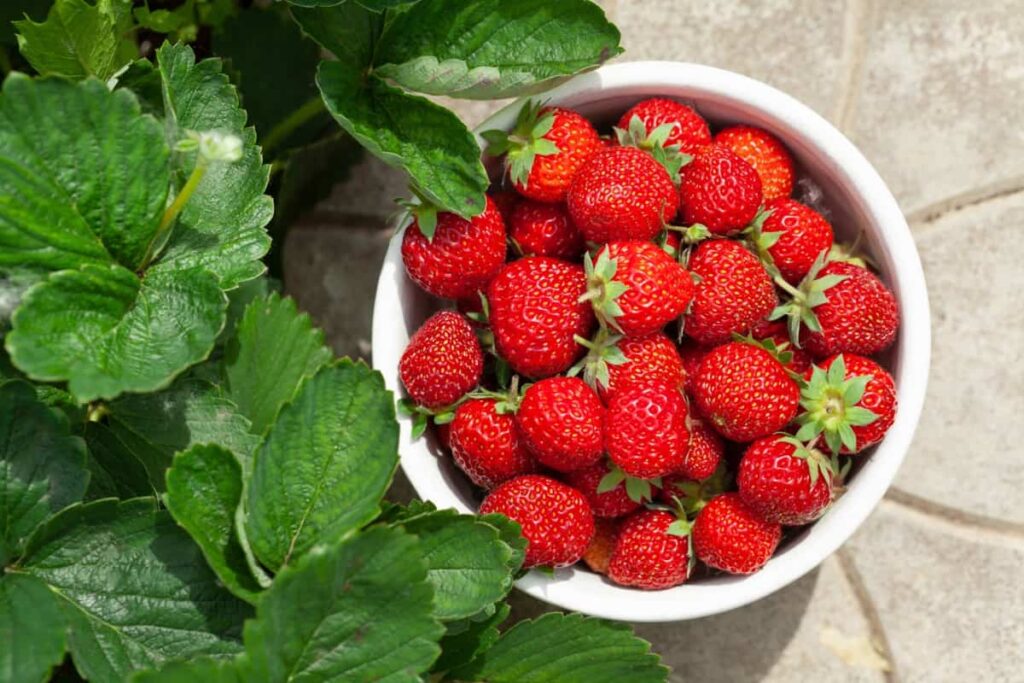
Vegetables
There are different types of vegetables that you can grow in zone 6. Cold weather starts to protect them from cool temperatures.
| Arugula | Lettuce |
| Asparagus | Peas |
| Beans | Pumpkins |
| Corn | Spinach |
| Cucumbers |
In case you missed it:How Do You Grow Cucumbers in a Greenhouse: A Step-by-Step Guide for Beginners
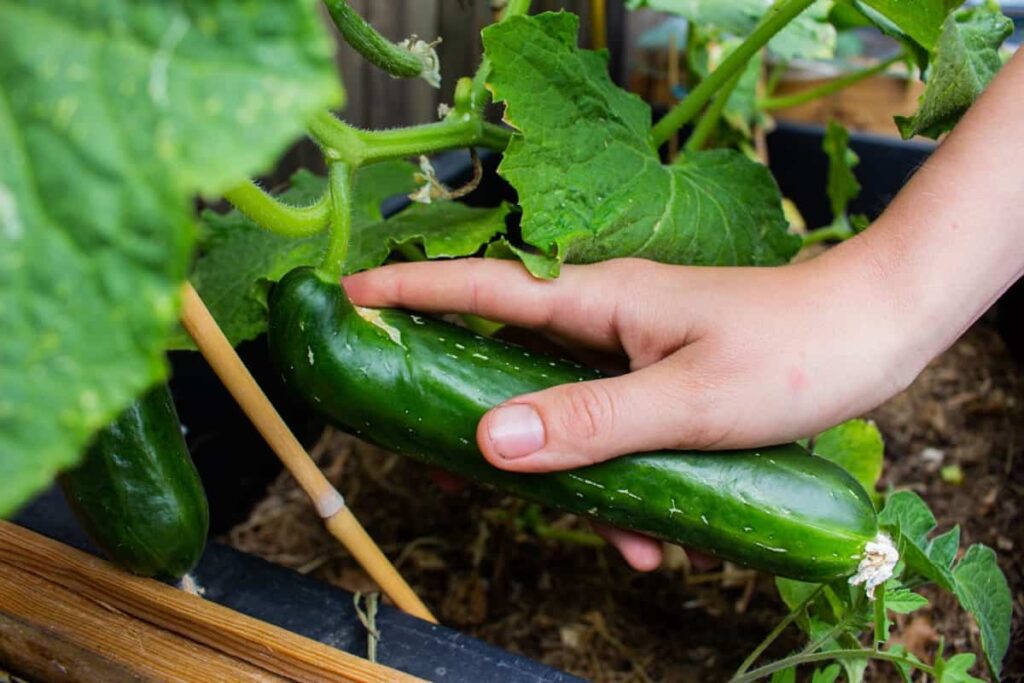
Cole Crops
The Cole crops are all vegetables born from a mustard family. They are common, and we use many of them regularly. They grow well in zone 6, and most do very well during cold weather. As a quick tip, Cole crops are not great companions for some nightshade types. So, you should give them a proper space between the two types.
| Broccoli | Cabbage |
| Brussels sprouts | Turnips |
In case you missed it: How to Start Organic Garden from Scratch at Home: For Terrace, Pots, Raised Beds, and Indoor
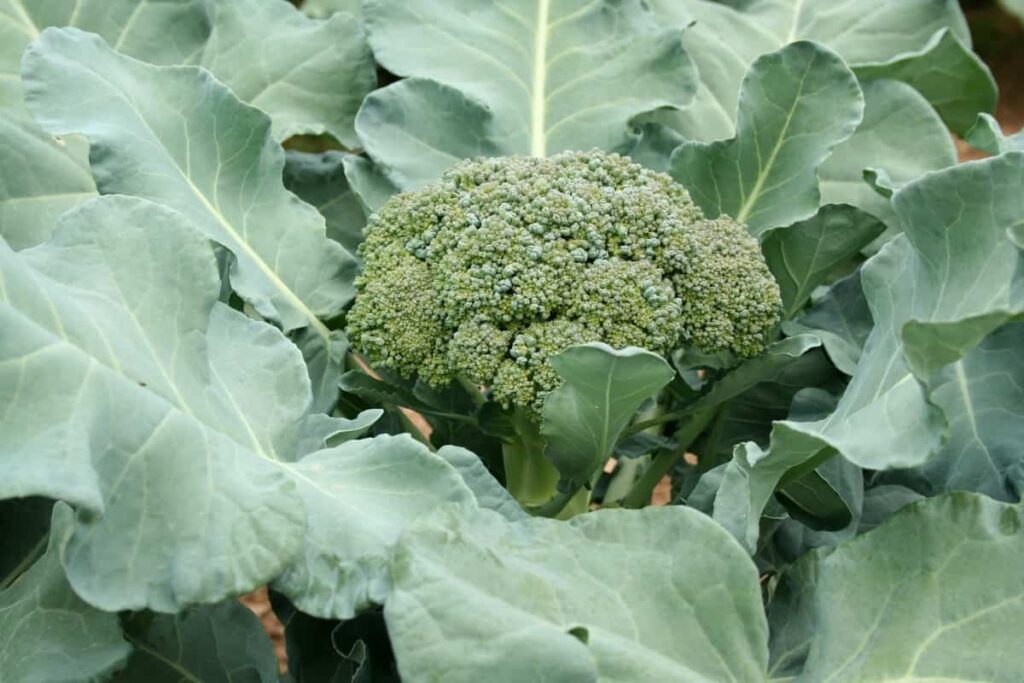
Nightshades
Nightshades are another variety of vegetables that most of us are familiar with. Most nightshades prefer hot weather and produce large crops if given proper water. Do not plant nightshades where Cole crops were planted earlier, as it can damage your plants and ultimately your crop. The nightshades you should grow are:
- Eggplant
- Potatoes
- Tomatoes
- Peppers
In case you missed it: Profitable Organic Eggplant/Brinjal Cultivation in West Bengal: A Production Guide for Beginners
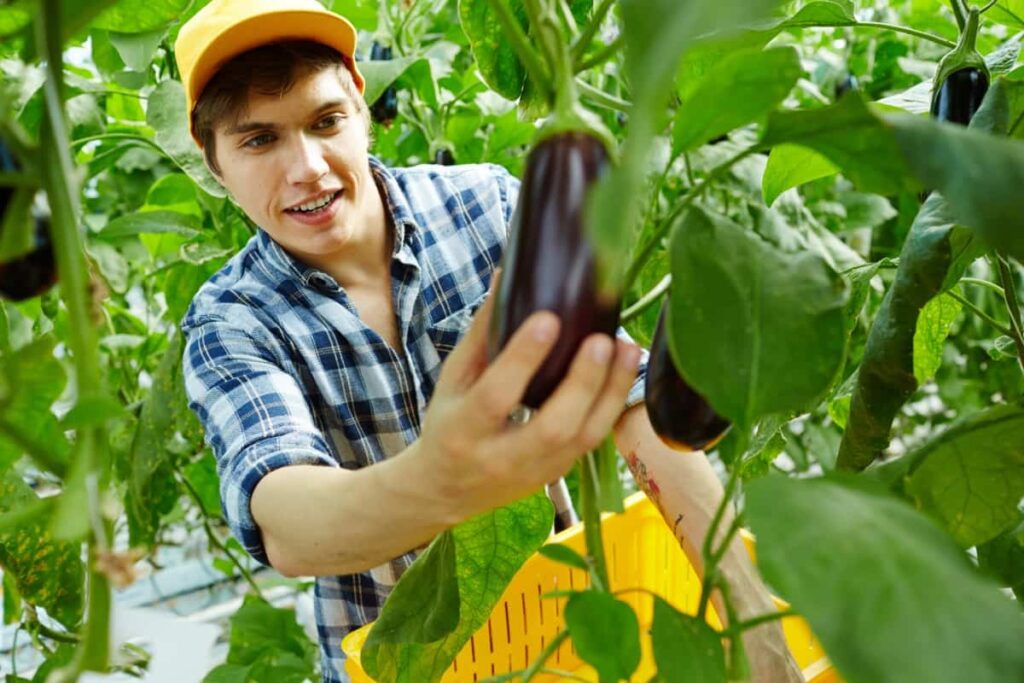
Root Vegetables
Root vegetables are excellent crops to grow, especially in cold weather. You can start them first, develop them later, and extend them throughout the year if you have a perfect frame or greenhouse to protect them from elements.
| Beet | Parsnips |
| Carrot | Radish |
| Celery | Rutabagas |
| Garlic | Sweet potatoes |
| Onion |
In case you missed it: Carrot Farming Business Plan: How to Grow from Seed to Harvest
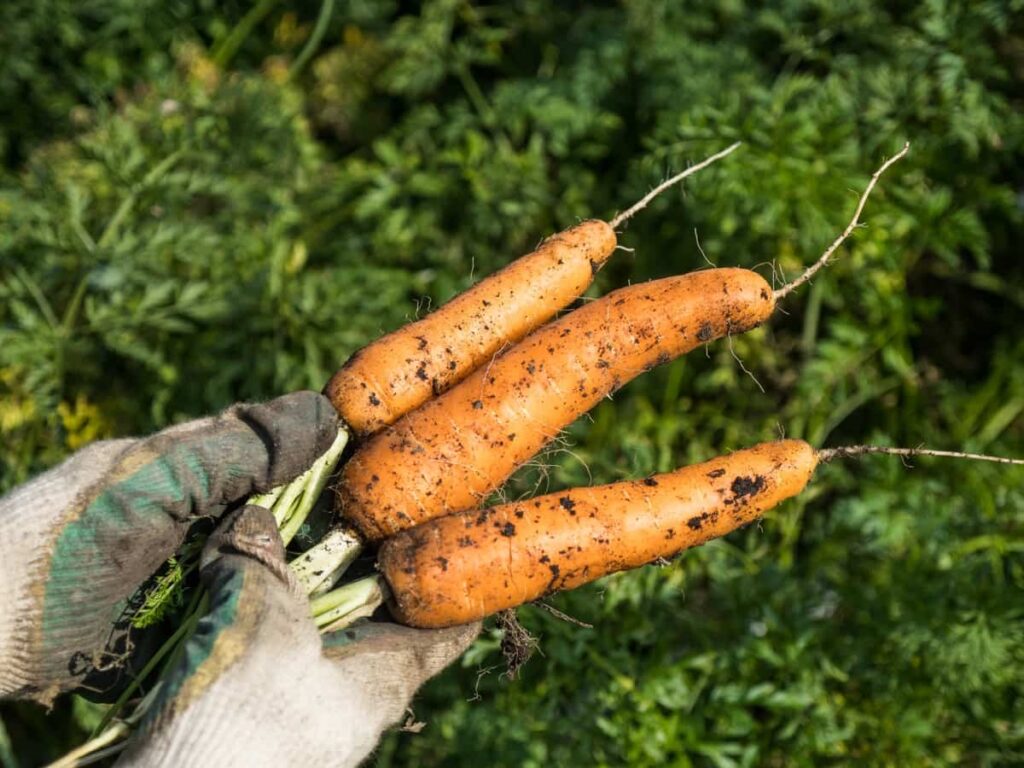
Herbs
Various herbs are naturally hard by nature, particularly perennial species that are reliably returned year after year. You can grow the herb in a pot and then bring it indoors for winter. Aloe vera herb grows vital in growing inside like a house plant, as is bay laurel, which can be grown as a patio plant and brought indoors. You can also treat herbs like an annual and only replant them every year.
In case you missed it: Hydroponic Nutrient Chart: For Vegetables, Herbs, and Flowers
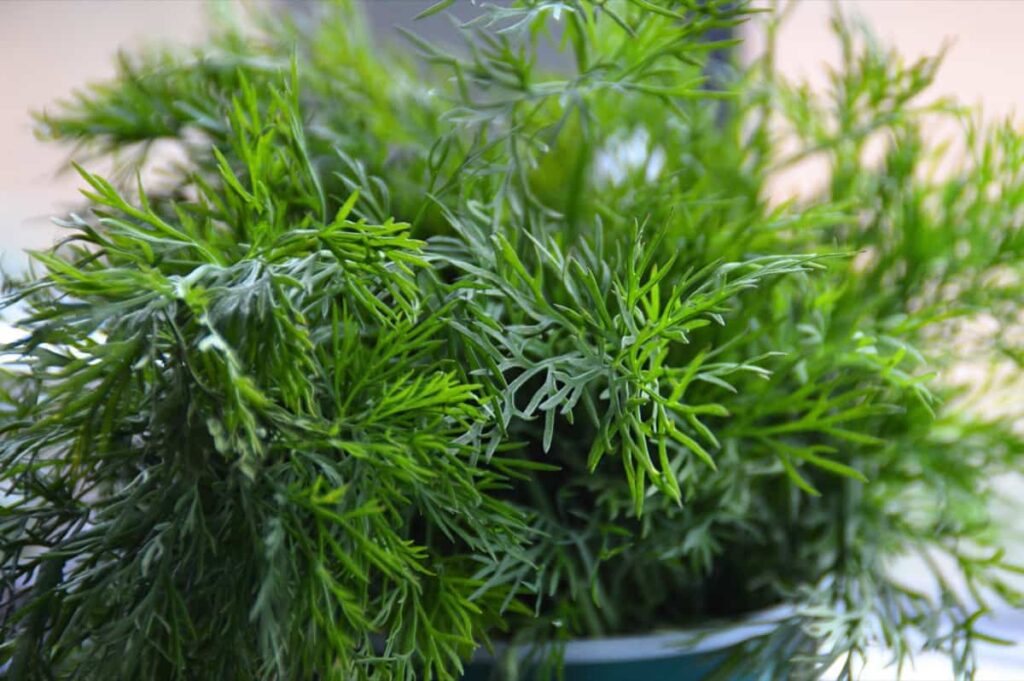
| Angelica | Dill |
| Catnip | Echinacea |
| Chamomile | Feverfew |
| Chervil | Lavender |
| Comfrey | Lemon balm |
| Cilantro | Marjoram |
Perennial Flowers
| Amsonia | Black-Eyed Susan |
| Astilbe | Blanket Flower |
| Aster | Bleeding Heart |
| Balloon Flower | Candytuft |
| Bee Balm |
Annual Flowers
| Angelonia | Cleome |
| Bacopa | Cockscomb |
| Begonia | Cosmos |
| Calibrachoa |
Evergreen Trees
- Contorted white pine
- Japanese white pine
- Eastern white pine
- Balsam fir
- Norway spruce
Vegetable Planting in Zone 6
Many hot seasonal vegetables like Tomatoes, Eggplant, Peppers, and Melons will benefit significantly from starting several weeks before the average last frost indoors. When the temperature rises, they will be planted outside. Growing vegetables in Zone 6, you can practice the long period of cold weather in spring and fall for your profit.
Some frost-hardy vegetables, such as Kale and Parsnips, taste much better if a frost has hit them. Planting them at the end of summer will give you long delicious vegetables in the autumn. They can also be started several weeks before the last frost in spring; you’re having an early start on the growing season.
Starting seeds indoors for gardening in Zone 6
Although you have a sowing schedule, there are things to consider that can change things a little. For example, it depends on where you will start the seeds indoors. If you can only start seed in a cool room, you’ll want to adjust accordingly and move to the plant a week or two in advance.
Also, if you plan to start seeding in a greenhouse or very hot room at home, cut a week or more from the initial schedule; otherwise, you can find yourself ready to transplant with humongous plants before hot temperatures arrive. Examples of indoor seeds, which started 10 to 12 weeks before transplant, include leafy vegetables, herbs varieties, cold-weather vegetables, and plants in the Onion family.
Starting seeds outdoors for gardening in Zone 6
Like starting seeds indoors, some discounts may apply when planting seeds outside. For example, if you start the seeds in a relaxed frame or greenhouse or use a row cover, the seeds can be sown several weeks before the last frost date. Count back from the previous frost-free date and sow accordingly.
Month-To-Month Calendar for Zone 6
January
Make plans for the garden of the coming seasons. Decide where your crops will be rotated from last year, and if possible, start projects like cold frame, trailless, and indoor lighting setup. Sometimes the smaller one is better; in return, you may find fewer herbs and insects with a higher yield.
Look at the previous year’s plantation, fertilizing, and spray records. Create notes to rearrange successful types as well as the types you want to try again. Closely monitor all houseplants for pest attacks. Use this time to clean your indoor house plants well otherwise dust settles on leaves and blocks pores, hindering the entry of light as well as gas and moisture exchanges.
February
Collect all your seed-starting equipment together. You will require lights, heat mats, a sterile medium, and the type of pot gardening. Wash the seed starting containers and make them clean. Start seeds indoors for Broccoli, Cabbage, Cauliflower, Celery, Eggplant, Lettuce, Onion, and Parsley. You can start the seeds of flowers and herbs with long germination periods indoors, such as Rosemary, Snapdragons, and Begonia.
March
Plant peas, potatoes, and Parsley directly in the garden at the end of this month. Sow the seeds of Nigella, Poppy, and Larkspur outside to get a few weeks of cool temperatures that will help them grow. Start transplanting inside the home of Tomatoes, Peppers, Eggplant, and any other cool-weather vegetables you want to grow. At the end of this month, remove the winter guard covers from any Perennial, and pull the mulch back from Strawberry and Asparagus beds so they can push quickly.
April
The first week of April should be safe to start transplanting outside your Onions, Parsley, and any other cold-weather crops that are at least five weeks old. Choose smaller than large Cole crop plants (broccoli, cauliflower, cabbage, Brussels sprouts), as overripe plants exposed to low temperatures early in the season are very quickly sealed in flowers.
Live Dwarf carrots, Swiss chard, Peas, kohlrabi, Leaf lettuce, Onion, Parsley, Parsnips, Beetroot, Radish, and Spinach, such as soil and weather conditions allow. Sow hard annual flower seeds (Calendula, Clarkia, Larkspur, California poppy, and sweet peas). Sow the seeds of Asparagus, Beetroot, Carrot, Chard, Kohlrabi, Leaf lettuce, Mustard, Onion set, Parsnips, Peas, Potatoes, Radish, Spinach, and Turnip outside. Set up new plantations of Fruit trees, Grapes, Strawberries, Raspberries, and Asparagus.
May
You can still start seeding inside the Cucumber, Okra, Melons and Pumpkins. Outside, you can sow seeds directly in the garden for Beetroot, Carrot, Chard, Kohlrabi, Late cabbage, Mustard, Turnip, Radish, Spinach, Onion sets, and Onion seeds. Now, when the growth is starting, compost the Perennial flowers.
Most will need to be composted only every three years and only at this time of year. If the forecast looks good, sow seeds outside Beans, Okra, Pumpkin, Sweet corn, and Watermelon. Newly transplanted plants must be protected from collared cutworms. Cut cardboard strips two inches wide and eight inches long, strap them into circles, and place them around plants.
June
The beginning of June is a great time to take softwood cutting of shrubs to start new plants. Keep a close watch on the quality of your spring crops. Hot weather causes the lettuce to bolt and become bitter. Plant a hot weather crop as spring vegetables are harvested. Continue planting direct seed, hot weather vegetable crops like Beans, Summer squash, and cucumbers. Refresh the mulch around woody plants, Barns, and Vegetables if needed. Garden flowers, whether annual or Perennials, benefit from deadheading after flowering. Energy is used to produce more flowers or leaves and roots by removing spent flower heads.
July
Now start the seeds indoors to headline cool crops for your fall garden. See Radish, Carrots, Beetroot, and Turnip from late July to August. The late crops of Beetroot, Bush beans, Carrots, Chinese cabbage, Cucumber, Summer squash, and Maize seeds can be sown all over this month. A garden needs an inch of rain or water every week. Watering in the evening is less desirable because plant leaves that stay wet overnight are more susceptible to fungus diseases. Mulch plants to reduce water losses and improve production.
August
Harvest Onions and Garlic when the tops dry and fall. Tops of garlic and hangs in a cool, dry place. Seeds can be resown for a late crop of Lettuce, Spinach, etc. Continue the deadheading flowers that will allow plants to use energy reserves to showcase the last flowers. Check the moisture of the baskets and containers daily. Take away old plants that have stopped production to remove shelter for insects and disease organisms.
September
Continue your inspection for insects, especially Bean beetles can make a second strong one to show this time of year. Autumn is the time to distribute and transplant flowering plants in spring while flowering plants like vases should fall in spring. Pumpkins, Summer squash to be stored should be before the first frost. Still, you plant cold-weather vegetables like Radish, Lettuce, Chinese cabbage, Spinach, Broccoli, and other Cole crops.
October
This is the best time to collect different soil samples for testing to prepare for fertilization of lawns, vegetable gardens, bush borders, and flower ingestion next year. Submit different soil samples for different areas used to grow different types of plants and where the growing conditions for the same plants are different. Protect seeds from the favorite self-pollinated, non-hybrid flowers like marigolds by allowing flower heads to mature. Lay seeds on the newspaper and turn them to dry often. Preserve dry seeds in cool, dry, dark spaces in glass pots or envelopes.
November
Cool crops like Brussels sprouts, Cabbage, Broccoli, and Kale are made sweet with frost, so harvest them as long as possible. Instead of harvesting less challenging late-season crops, leave them in the garden this includes Carrots, Beetroot Turnip, Winter radish, Chard, Chinese cabbage, and Leaf lettuce. Spread the manure, rotten saw, rotten straw, and chopped leaves over the garden and plough underneath them.
December
Wrap and protect the trunks of young trees. Clean the garden tools with a wire brush and rub on a light coat of oil to shelter them from rusting. Polish the edges of the whips and spades. If you have not already done it, put a single scale of a lot on all your plantation beds, especially around your chronic. A thick straw-based flower on roots crops such as potatoes, Parsnips, Carrots, and Parsley will protect them long enough to harvest a little at a time in winter.
- Management Pests and Diseases in Your Cotton Field
- Sheep Farming Business Plan for Beginners
- Aquaponic Farming at Home: A Step-By-Step Guide
- Profitable Village Farming Business Ideas in 2024
- High-Yield Aquaculture: Fast-Growing Fish for Farming
- Effective Fish Pond Construction Techniques for Beginners
- Irrigation and Water Management in Pineapple Farming
- Blossom to Harvest: Mastering Flowering and Pollination in Papaya Farming
- Pig Fattening Essentials: From Selection to Sale for Beginners
- Raising Wagyu Cattle: A Complete Guide for Premium Beef Production
- Soil Types and Their Water Holding Capacity
- Optimizing Irrigation Schedules for Coconut Groves for Enhanced Yield
- Espresso Your Garden: Coffee Grounds for Healthier Acid-Loving Plants
- The Best Soil Mix for Snake Plants: How to Mix Your Own Snake Plant Soil
- Green Thumb Success: Expert Tips for Cultivating Greenhouse Beans All Year Round
- Bloom All Year Round: The Ultimate Guide to Indoor Hyacinth Care
- Eco-Friendly Gardening: How to Make Liquid Fertilizer from Kitchen Waste
- Ultimate Guide to Grow Anise in Pots: Explore Seed Propagation to Harvesting
- Guide to Raising Chester White Pigs: Discover Breed Facts to Growth Management
- Mastering the Elegance: The Ultimate Guide to Weeping Cherry Tree Care, Planting, and Maintenance
- Ultimate Guide to Planting Garlic in Grow Bags: Growing Strategies for Beginners
- How to Fix Spider Plant Leaf-Related Problems: Natural and Organic Remedies
- 10 Reasons Why Your Tulsi Plant is Shedding Leaves: Home Remedies and Solutions
- Optimizing Growth and Yield: The Advantages of Palm Bunch Ash Fertilizer
- Utilizing Neem Oil Extract as a Natural Pesticide for Hydrangea
- From Soil to Harvest: Various Ways in Which Farmers Can Use AI Tools
- Steps to Encourage and Induce Citrus Flowers: A Comprehensive Guide
- How to Fix Snake Plant Leaf-Related Issues: Natural and Organic Remedies
- Transform Your Garden into a Fragrant Oasis with Raat Ki Rani (Night Blooming Jasmine)
- Discover the Ideal Chicken Breeds for Philippine Farms
- How to Create a Poultry Egg Farm Business Plan for Profits
- Grow Lemon Cucumbers Like a Pro: Insider Techniques for Bountiful Yields
- Ultimate Guide to Caring for Your Pink Princess Philodendron: Tips for Thriving Variegation
- Areca Nut Profit Per Acre: Calculating Yield and Cost of Cultivation
- How Kaveri Chicken is Becoming a More Profitable Breed in Indian Backyards
- Transform Your Barn: 9 Steps to Convert a Horse Stall into a Chicken Coop
